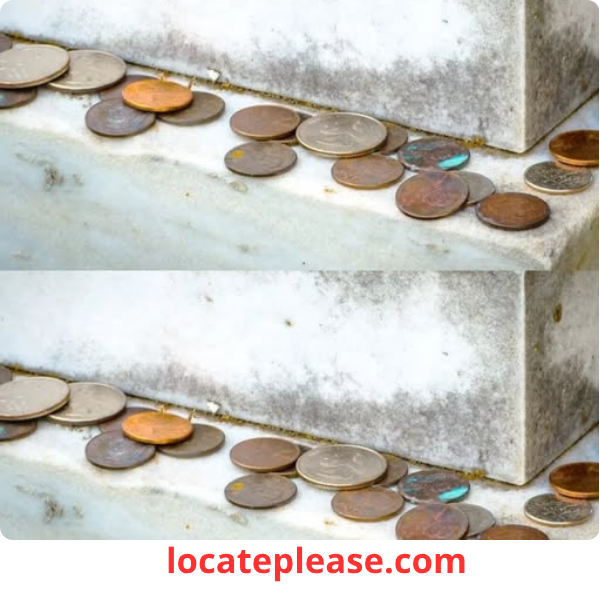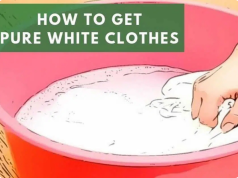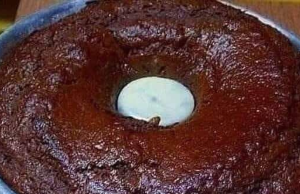You’ve seen them — small, glinting in the sunlight, resting quietly on the cold stone:
A penny, a nickel, a quarter, carefully placed on a gravestone.
At first glance, it might seem like spare change, accidentally dropped or left behind.
But if you look closer — especially in a military cemetery — you’ll realize:
👉 This is no accident.
Each coin is intentional.
Each one is a message.
And together, they form a silent, sacred language — one of remembrance, respect, and unspoken grief.
An Ancient Practice With Modern Meaning
The tradition of leaving objects at gravesites dates back centuries — from ancient Greeks placing coins in the mouths of the dead to pay the ferryman to modern visitors leaving flowers or mementos.
But in the U.S., the practice of leaving coins on military graves gained widespread significance during the Vietnam War era — a time when many veterans returned home to silence, not celebration.
Unable to mourn publicly, or fearful of backlash, soldiers began visiting the graves of fallen comrades and leaving behind a simple coin.
No note. No fanfare.
Just:
“I was here.”
“I remember you.”
“You were not forgotten.”
Over time, this quiet act evolved into a structured, symbolic tradition — one passed down through generations of service members.
What Each Coin Means: A Code of Honor
Every denomination carries a specific meaning — a subtle, unspoken message between those who served and those who grieve.
🪙 Penny – “I Remember You”
- Meaning: “I visited. I saw your name. You are not forgotten.”
- Who leaves it: Anyone — a stranger, a fellow veteran, a passerby.
- Significance: Even the smallest coin says: Your life mattered.
For families, a penny is a whisper:
“Someone stopped. Someone cared.”
🪙 Nickel – “We Trained Together”
- Meaning: “We went through boot camp together. We shared the same barracks, the same hardships, the same fears.”
- Who leaves it: A fellow service member who trained with the deceased.
- Significance: This is a bond forged in the earliest days of service — before war, before medals, before loss.
It says: “We were in this from the beginning.”
🪙 Dime – “We Served Together”
- Meaning: “We were deployed. We fought side by side. We shared the same foxhole, the same mission, the same danger.”
- Who leaves it: A battle buddy — someone who served in the same unit.
- Significance: This is a deep, personal connection built in the crucible of combat.
It’s more than camaraderie.
It’s survivor’s solidarity.
🪙 Quarter – “I Was There When You Died”
- Meaning: “I held your hand. I saw it happen. I tried to save you.”
- Who leaves it: A fellow soldier who was present at the moment of death.
- Significance: This is the heaviest coin to leave — and the most profound.
It’s not just remembrance.
It’s witness.
It’s grief.
It’s a silent vow: “I carry your memory with me.”
Many veterans say leaving a quarter is the hardest thing they’ve ever done.
Why Coins? Why Not Flowers or Stones?
Coins are more than symbolic — they’re practical:
- They don’t blow away in the wind
- They’re durable, lasting through rain, snow, and time
- They’re visible, even from a distance
But more than that — coins have value.
Not just monetary, but emotional weight.
And in many cemeteries, the coins are collected regularly and donated to veteran support organizations — turning remembrance into real-world help.
A Language of Grief — and Healing
For families, finding coins on a loved one’s grave is deeply comforting.
You may never know who left them.
But you know:
Someone came.
Someone remembered.
Your loved one’s story lives on.
It’s proof that their service — and their sacrifice — still resonates.
And for the person leaving the coin?
It’s a way to process grief, honor a bond, and say what words can’t express.
What You Should Do If You See a Coin
If you come across a coin on a gravestone — especially in a military cemetery — do not remove it.
- Don’t pocket it. It’s not litter — it’s a tribute.
- Don’t move it. It was placed with intention.
- Just observe. Let it remind you of the life it honors.
And if you feel moved?
You can leave a penny.
No one has to know your name.
But your gesture will speak volumes.
Final Thoughts: A Tradition That Speaks Without Words
There are no signs explaining this practice.
No plaques.
No rulebooks.
Just coins, resting on stone, catching the light.
And yet, for those who know, each one tells a story — of brotherhood, of loss, of loyalty, of love.
So the next time you walk through a cemetery and see a glint on a headstone…
Pause.
Look.
Remember.
Because sometimes, the most powerful messages aren’t spoken.
They’re left behind — one coin at a time.
“I was here. I remember you.”










